With the Second Punic War (219-201 BC) the conquest of the Iberian Peninsula by Rome begins. In this way, 'Romanization' began, a process of acculturation, which transformed the indigenous society into a new society governed by the same parameters as Rome: its same laws, fashions.
In Xàbia, the Roman conquest of the lands of Xàbia began at the end of the XNUMXrd century BC (before our era), but what signs remain in the town from this time?
Next you have an index with all the points that we are going to deal with.
- 1.
- 1.1.
- 2.
- 2.1.
- 2.2.
- 3.
- 4.
- 4.1.
- 4.2.
- 4.3.
- 4.4.
- 5.
Romanization in Xàbia
The Roman conquest of the lands of Xàbia began at the end of the XNUMXrd century BC (before our era) causing gradual and profound changes to the native Iberian population that we call the romanization. These transformations affected all spheres of Iberian society: economy, religion, language, material culture, etc.
Thus, from the XNUMXnd century BC and especially from the XNUMXst century, small settlements that we could define as farms multiplied throughout the Xàbia valley.
The settlements of the Romans in Xàbia
At this time, between the XNUMXnd and XNUMXst century, the "villas" multiplied (with this name non-urban settlements are known) throughout the Jávea-Xàbia district: Benimadrocs, les Tarraules, les Capsades, el Rebaldí, l' Atzubia, etc. Most of them were in the Pla area and in Les Valls, in the fertile valley formed by the Xaló or Gorgos river, an area of great agricultural potential.
Agricultural production was the fundamental economic activity, possibly centered on the cultivation of the vine (as the existence of workshops for the production of wine amphorae, in which the wine was bottled for export, seems to demonstrate), but in addition to the settlements In the town, in Roman times, it prevailed over agricultural, commercial and manufacturing activities.
The first large settlement in Xàbia took place in Roman times and was located in the area that joins the first Montañar with the Arenal Beach, which is currently known as Minister Creek.
Roman era sites
With the commercial activity, the deposits and the coastal points used as anchorages become part of it, some of them presenting peculiar characteristics:
- Ceramic workshops specialized in the production of amphorae (la Rana, la Teulera).
- Places of control or surveillance (Santa Llúcia)
- Commercial settlement (la Duana, l'Illa del Portitxol and perhaps La Caleta (Cala Blanca)
- Villa-factory of salting of Arenal, which would be linked to some old salt pans (in use, it seems, until the XNUMXth century) of which the Séquia de la Nòria channel is preserved, excavated in the rock, which connects the sea with the Saladar.
Drought of the Noria
Related to the salting industry we find in Xàbia, 'La Sèquia de la Noria', a large channel excavated in the rock that crosses the Segundo Montañar and connects the sea with the Saladar, an area where there were some old salt pans dedicated to the production of salt necessary for the salting industry.
Site of Punta del Arenal
The Punta del Arenal-Montañar site is the best known of all for its more than 600 years of surely continuous occupation. At the site, much destroyed by modern construction, some structures carved into the rock are still preserved, such as two large rafts that were to be used as a fish nursery.
The archaeological excavations carried out at the end of the XNUMXst century provided valuable information on the industrial salting activity that was carried out there and from which some large tanks-nurseries excavated in the rock are still preserved that communicate with the sea through two channels and that in the Currently, these pools are popularly known as 'Els Banys de la Reina' (Baths of the Queen).
Next to these constructions, another 13 quadrangular deposits were located, most of which had their walls covered by an impermeable mortar. In these small rafts the entrails of the fish or other parts of it with abundant salt were deposited. In this way, a fermentation catalyzed by the sun was provoked, the result of which was the precious "garum" and/or other fish sauces that were then packaged in amphorae and distributed throughout the empire.
Montañar Necropolis
A few meters from the well-known Punta del Arenal was the great necropolis of the settlement known as the Montañar (Muntanyar). The Romans who occupied the Punta del Arenal area were buried very close to the site itself.
The necropolis occupied a large area since it is located from the entrance of the current Parador to Duanes de la Mar, that is, everything that is the First Montañar. According to rough calculations, it is believed that there were more than 900 burial pits. Most of them were dug into the tosca (rock), then filled with earth and finally covered with a large slab.
Practically, except for three recovered, all these tombs were destroyed by the extraction of rough stone and by the construction of houses in this area, which was more intense at the beginning of the XNUMXth century.
Those preserved because they were literally extracted from that place and moved are currently, since 2020, at the gates of the funerary hermitage of Sant Joan, in the old cemetery of Xàbia. Previously they were located at the beginning of the seaside neighborhood where the Roman necropolis is known to have been.
Roman pieces recovered and exhibited in the Museum of Xàbia
From this Roman period there are many and diverse materials recovered and preserved in the Soler Blasco Museum from Xàbia. Among the pieces are fine ceramics of different types, with a very wide chronology that goes from the XNUMXst to the XNUMXth century AD, which were produced in different parts of the empire: Italy, the Eastern Mediterranean, Gaul, Tunisia, etc.
Ceramics
Very diverse ceramic materials have also been found, such as kitchen ceramics, lamps, construction materials, loom and net weights, etc., as well as coins, ornamental elements and instruments made of bronze and iron, and fragmented pieces of glass.
architectural remains
Among the elements, the architectural remains in rough stone of the Punta de l'Arenal (capitals, bases and architectural finials) stand out.
Also a funerary inscription on limestone, from the Riba game.
Finds in the necropolis
From the Montañar necropolis, the pieces of glass, ceramic and bronze trousseau recovered in some of the tombs and one of the burial pits that was extracted before its destruction are preserved.
Recovery of materials from the seabed
Of the abundant material of underwater origin, a diverse set of vinárias, garum and oleárias amphorae is exhibited, as well as some anchor lead traps.

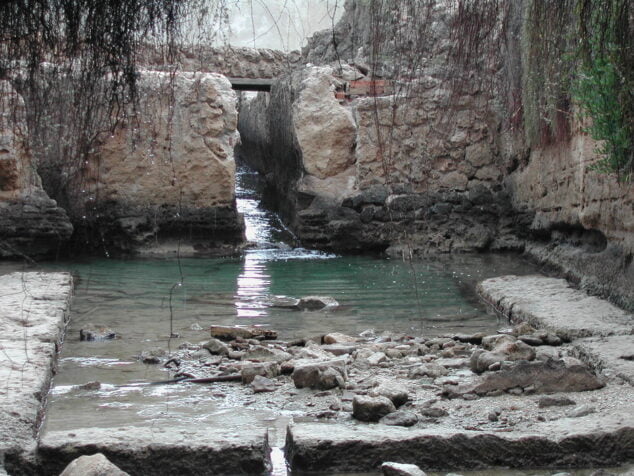
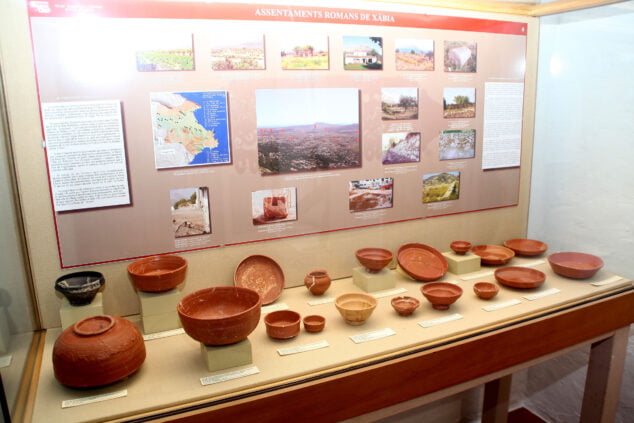
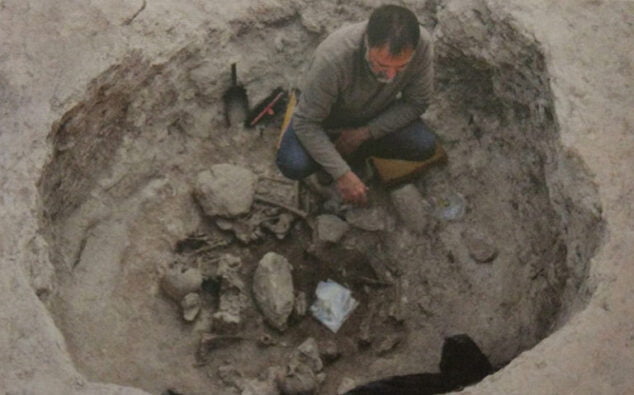
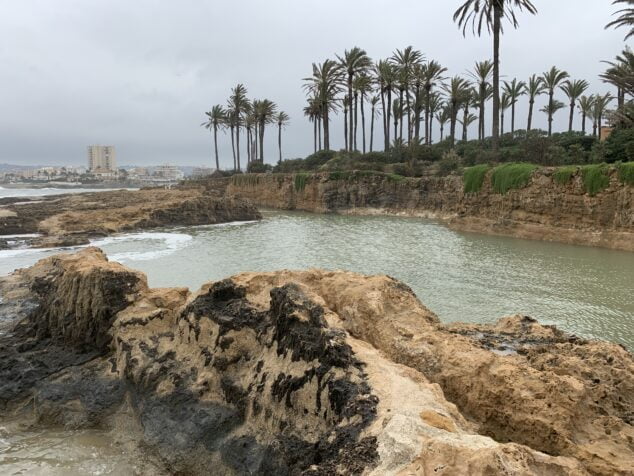





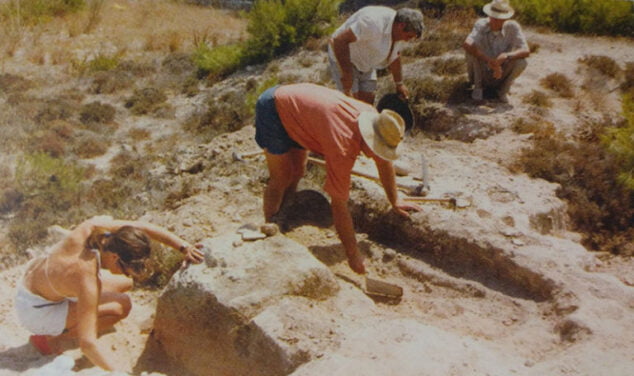
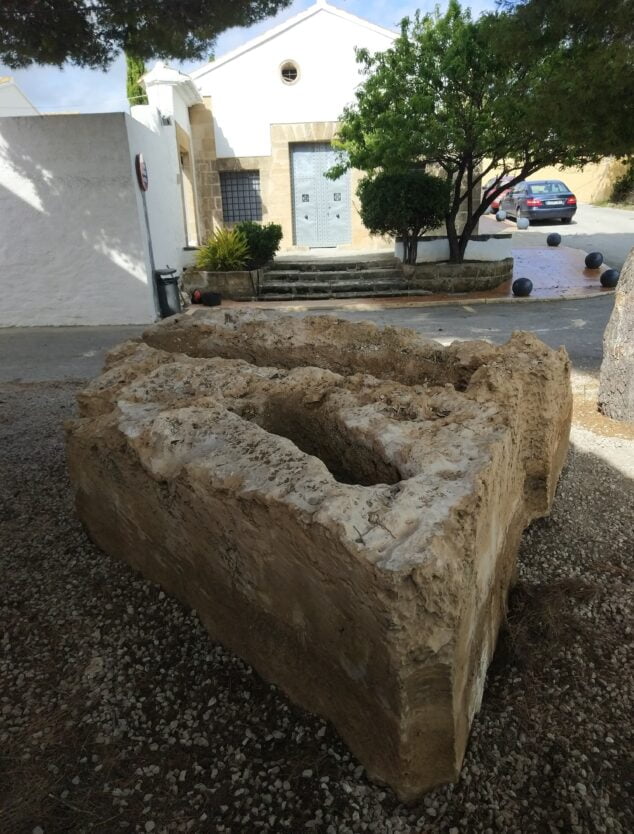

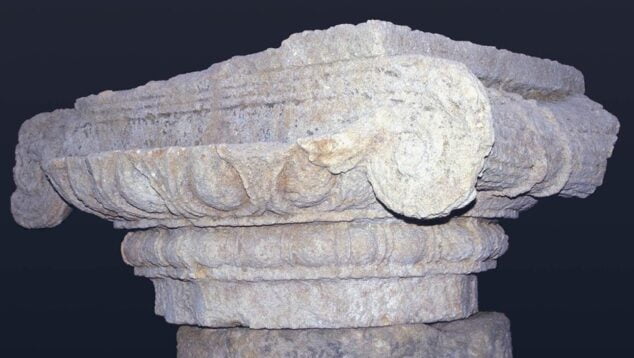


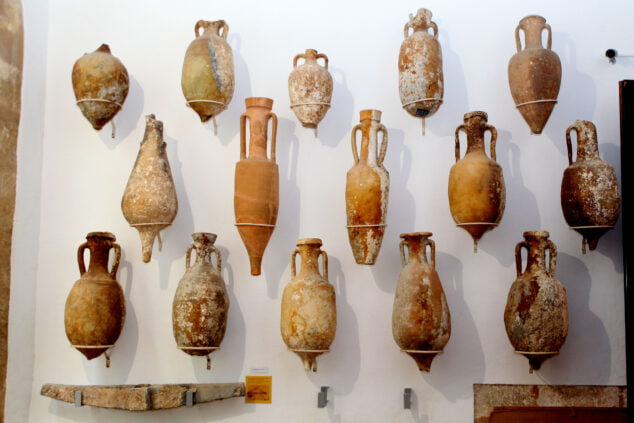
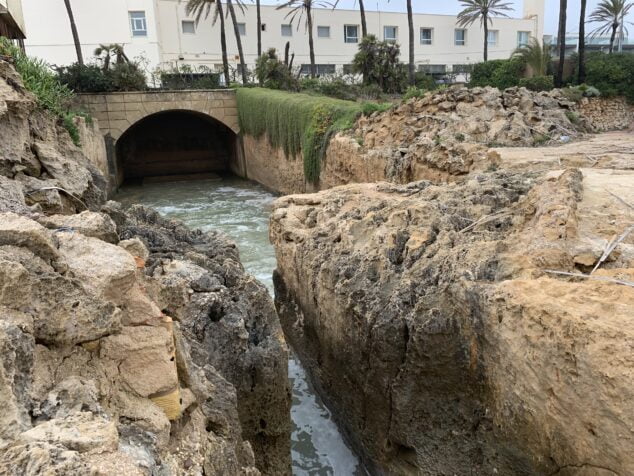


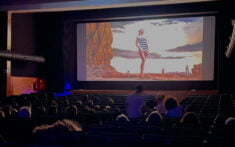
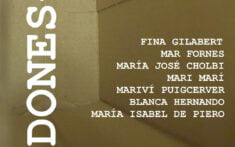

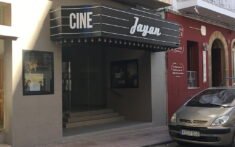
The most beautiful of the Roman era was thrown by those beautiful Tosca stone arches in the Minister's villa, well look how funny, then some want to protect "things" without knowing and those who have to protect those don't.
We must thank the effort and work in making known aspects of the past, especially when history and philosophy are minimized in the curricula. A town with so many vestiges of all times cannot remain in a short vision. It is more important to highlight the fact that this work spread through Facebook, as was the case with the cards of José Cardona López, 'El Persa', which remained dormant on the networks for several days. My congratulations for this work.
Put "JC" as the author of the comment
All right. But for most culture it just means parties. IF it was subsidized like the holidays, another rooster would sing. Although that if that is a Roman legacy: the Circus as control of the populace.
A very sensible comment of yours.
Greetings.